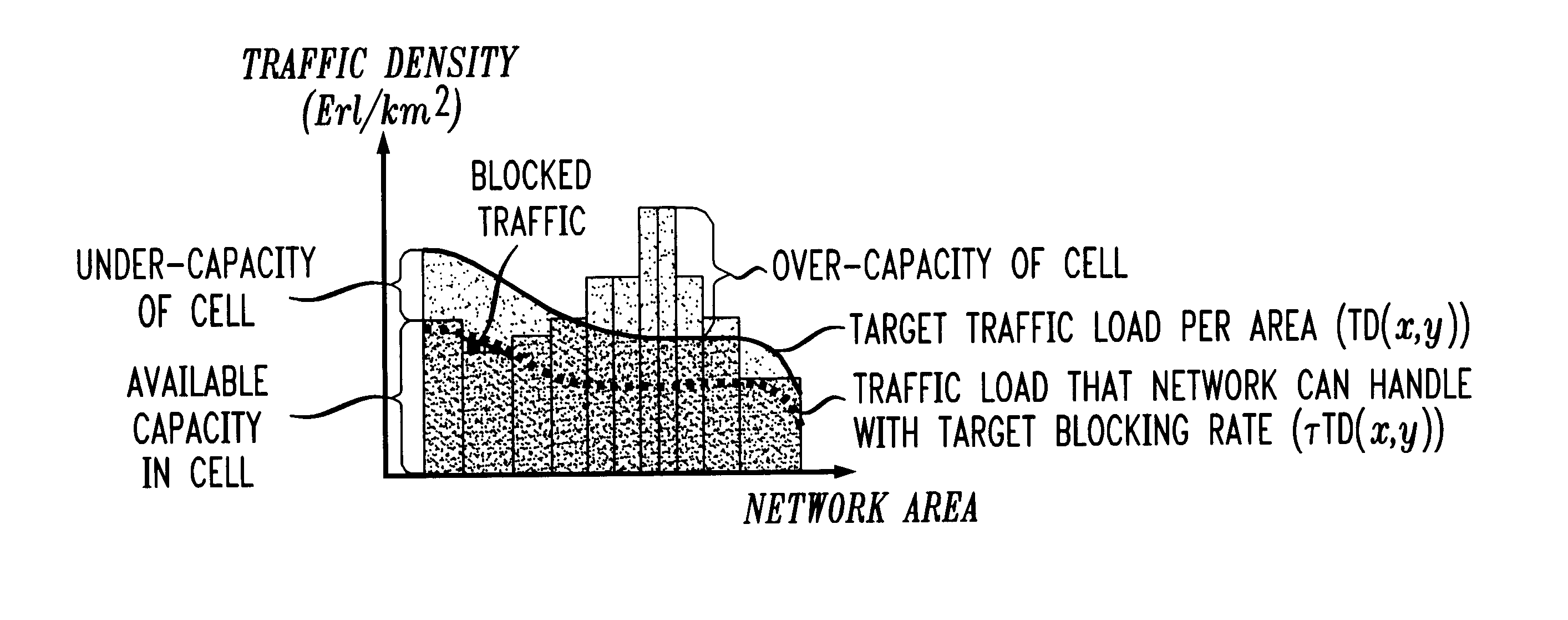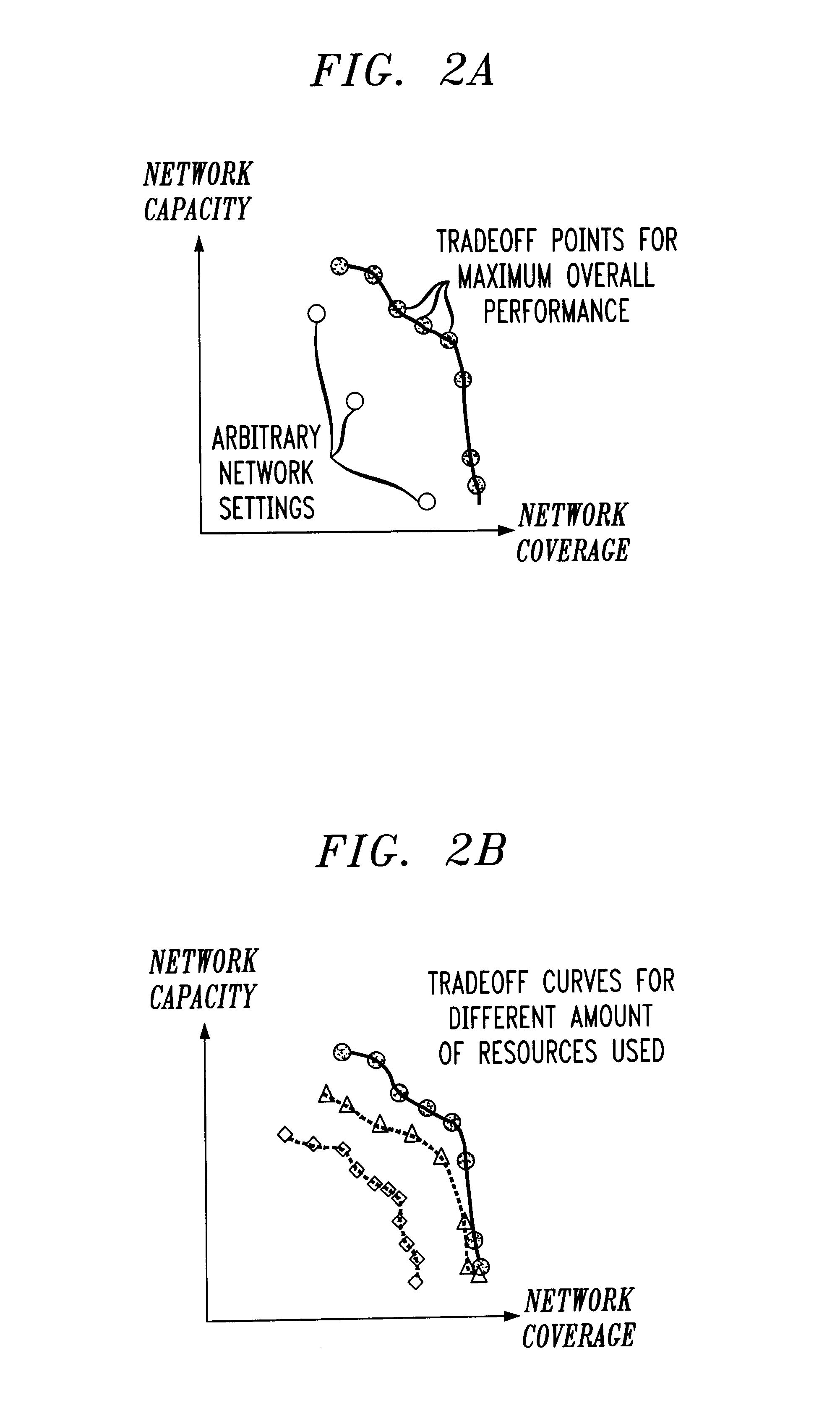Methods and apparatus for characterization, adjustment and optimization of wireless networks
a wireless network and optimization technology, applied in the field of wireless communication networks, can solve the problems of mutual interference, reduced orthogonality between communication channels, uncontrollable signal propagation, etc., and achieve the effect of improving the overall network performance, improving the process of designing, adjusting and optimizing the performance of wireless networks
- Summary
- Abstract
- Description
- Claims
- Application Information
AI Technical Summary
Benefits of technology
Problems solved by technology
Method used
Image
Examples
Embodiment Construction
The present invention will be illustrated below in conjunction with exemplary wireless network information processing techniques implemented in a computer-based processing system. It should be understood, however, that the invention is not limited to use with any particular type of processing system. The disclosed techniques are suitable for use with a wide variety of other systems and in numerous alternative applications. Moreover, the described techniques are applicable to many different types of wireless networks, including TDMA, FDMA and CDMA networks, with mobile subscriber units, fixed subscriber units or combinations of mobile and fixed units. The term “wireless network” as used herein is intended to include these and other types of networks, as well as sub-networks or other portions of such networks and combinations of multiple networks. The terms “optimize,”“optimizing” and “optimization” as used herein should be understood to include any type of improvement in network perf...
PUM
 Login to View More
Login to View More Abstract
Description
Claims
Application Information
 Login to View More
Login to View More - R&D
- Intellectual Property
- Life Sciences
- Materials
- Tech Scout
- Unparalleled Data Quality
- Higher Quality Content
- 60% Fewer Hallucinations
Browse by: Latest US Patents, China's latest patents, Technical Efficacy Thesaurus, Application Domain, Technology Topic, Popular Technical Reports.
© 2025 PatSnap. All rights reserved.Legal|Privacy policy|Modern Slavery Act Transparency Statement|Sitemap|About US| Contact US: help@patsnap.com



